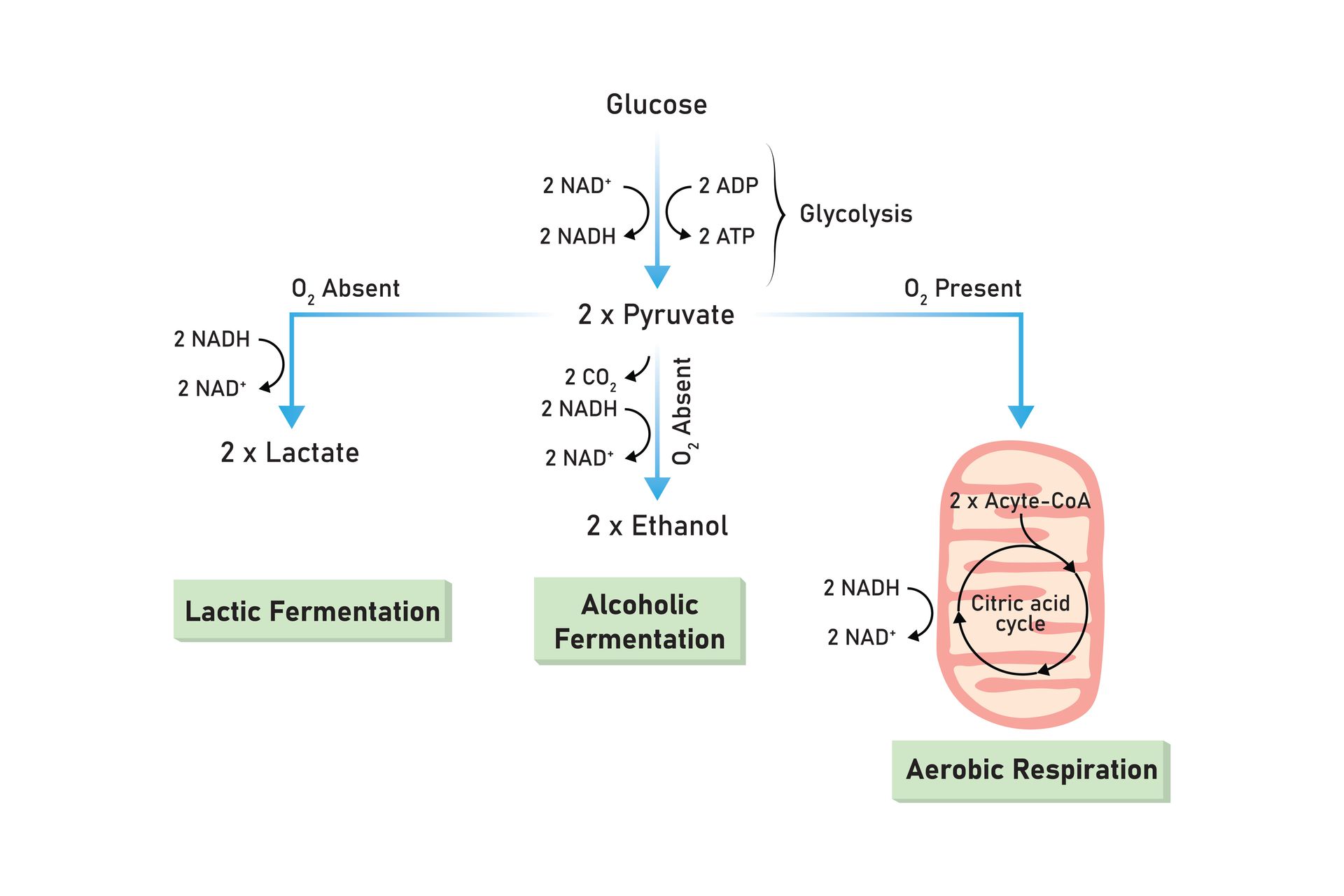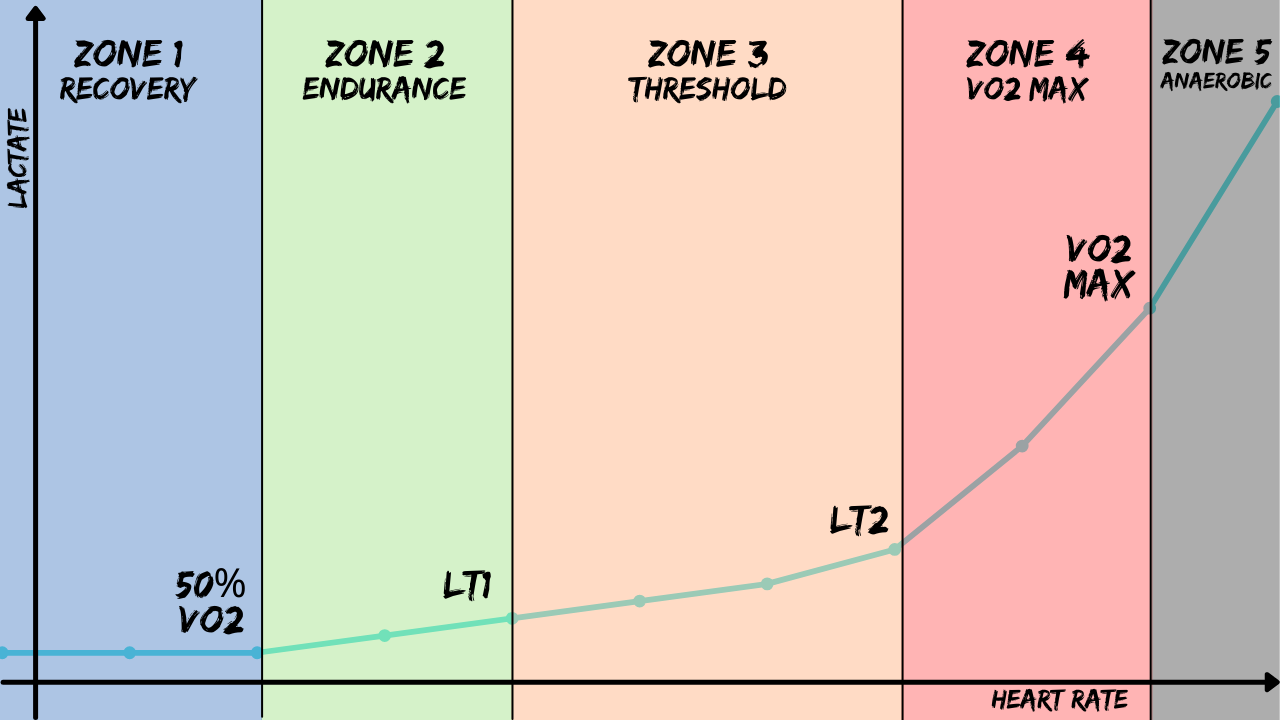VO2 Max - Exercise Testing
Why is Exercise Testing Important?
Exercise testing is often done for athletes who are trying to benchmark their progress. However, it is also a reliable and useful test for people who want to understand their overall health, as fitness and strength are some of the best predictors of longevity.
Fitness tests are commonly used to assess an individual's physical fitness level, which is often associated with overall health. While there is evidence suggesting that higher levels of physical fitness are correlated with better health outcomes and may contribute to longevity, it's important to note that fitness tests alone cannot predict longevity or health outcomes definitively. Many factors contribute to an individual's health, including genetics, lifestyle, diet, and access to healthcare.
Research has consistently shown a positive association between physical fitness and various health benefits, such as a reduced risk of chronic diseases, improved cardiovascular health, and enhanced mental well-being. However, it's challenging to establish a direct cause-and-effect relationship solely based on fitness tests.
Here are a few studies and reviews that highlight the relationship between physical fitness, health, and longevity:
While physical fitness assessments are valuable tools for understanding an individual's current physical condition and potential risks, they are not definitive predictors of future health or lifespan. We support a holistic approach to health, incorporating regular physical activity, a balanced diet, and other healthy lifestyle choices for overall well-being. However, there is no cookie-cutter recipe. While there are some obvious health hazards to avoid (inactivity, sugary foods and sweetened beverages, alcohol), personalized advice based on individual assessment with a health professional is always the best approach to optimal health.
When we exercise there are different energy systems that are used to produce force and speed. At lower levels of intensity, we tend to utilise a greater proportion of fat per unit of energy produced, mostly in the presence of oxygen. This is called the aerobic system and it is designed to help us use energy efficiently. The basic unit or currency of energy production in our muscle cells (and all cells) is called ATP. We can produce 38 ATP per unit of glucose in the presence of oxygen.
During intense exercise, there is a shift towards more use of glucose as a fuel, and we become less efficient because there is not enough time to use oxygen with the fuel that is used. This is called the anaerobic system and it is designed to help us get short spurts of energy and power, such as sprinting and jumping, until we cannot keep up. During this type of exercise, we only produce 2 ATP molecules per glucose molecule but we produce more lactic acid, which is one factor that limits our ability to keep going indefinitely, due to the change in pH, muscle pain and cramping it causes.
These two systems operate together in varying degrees during most forms of exercise, although some sports and activities bias us toward the use of one system. We function a bit like a hybrid vehicle that is able to use both forms of energy.
There is also a ready-made store of energy inside our muscles called the Creatine Phosphate system, but this only provides seconds worth of energy output and tends to be important in raw power based sports. This system is a bit like a small battery that provides a boost, usually when the vehicle first starts moving.
VO2 max is defined as the maximum amount of oxygen that can be utilised by exercising muscles to produce energy in the form of movement and force (power).
Lactate threshold is a more performance specific test.
Understanding lactate threshold is important because it is a powerful predictor of endurance performance. A higher lactate threshold means an athlete can sustain higher exercise intensities without experiencing rapid fatigue due to lactate accumulation. Essentially, it's the intensity at which one can perform aerobic exercise in a steady state without fatiguing quickly.
The lactate threshold values vary among individuals and can be influenced by training. For the average person, the lactate threshold occurs at about 60% of their VO2 max, while for recreational athletes, it's between 65% to 80%. Elite endurance athletes can have lactate thresholds as high as 85% to 95% of their VO2 max.
Training at or slightly above the lactate threshold is known to improve an athlete's lactic acid tolerance. This is crucial for endurance athletes as it allows them to perform at a high intensity for a longer duration without being limited by lactate-induced fatigue. Lactate threshold can be determined through specific tests, which involve measuring blood lactate concentrations under progressively increasing exercise intensities.
In summary, lactate threshold is a key factor in determining athletic performance, especially in endurance sports. Athletes and coaches use this metric to tailor training programs that improve endurance and performance.




- The Copenhagen City Heart Study:
- Reference: Schnohr, P., O'Keefe, J. H., Marott, J. L., Lange, P., & Jensen, G. B. (2015). Dose of jogging and long-term mortality: the Copenhagen City Heart Study. Journal of the American College of Cardiology, 65(5), 411-419.
- Link: Copenhagen City Heart Study
- Findings: This study suggested that light to moderate jogging was associated with lower mortality rates compared to sedentary individuals. However, strenuous jogging was not associated with additional mortality benefits.
- Aerobic Fitness and Mortality in Men:
- Reference: Lee, I. M., Skerrett, P. J., & Manson, J. E. (2001). Physical activity and all-cause mortality: what is the dose-response relation? Medicine & Science in Sports & Exercise, 33(6 Suppl), S459-S471.
- Link: Aerobic Fitness and Mortality
- Findings: The study indicated an inverse relationship between physical activity and all-cause mortality in men, with higher levels of aerobic fitness associated with lower mortality rates.
It's essential to interpret such findings cautiously, recognizing that individual health is multifaceted. Genetics, lifestyle factors, and healthcare access play crucial roles in determining overall health and longevity.


